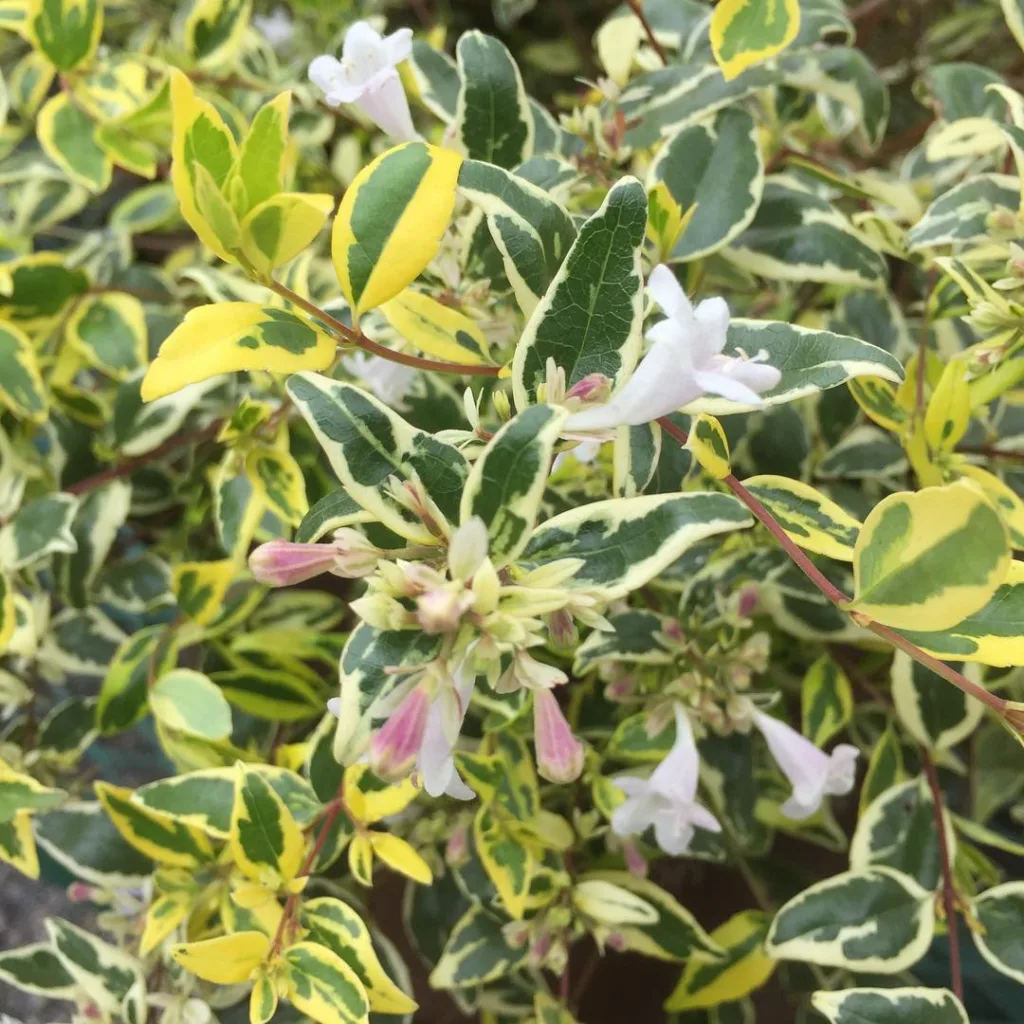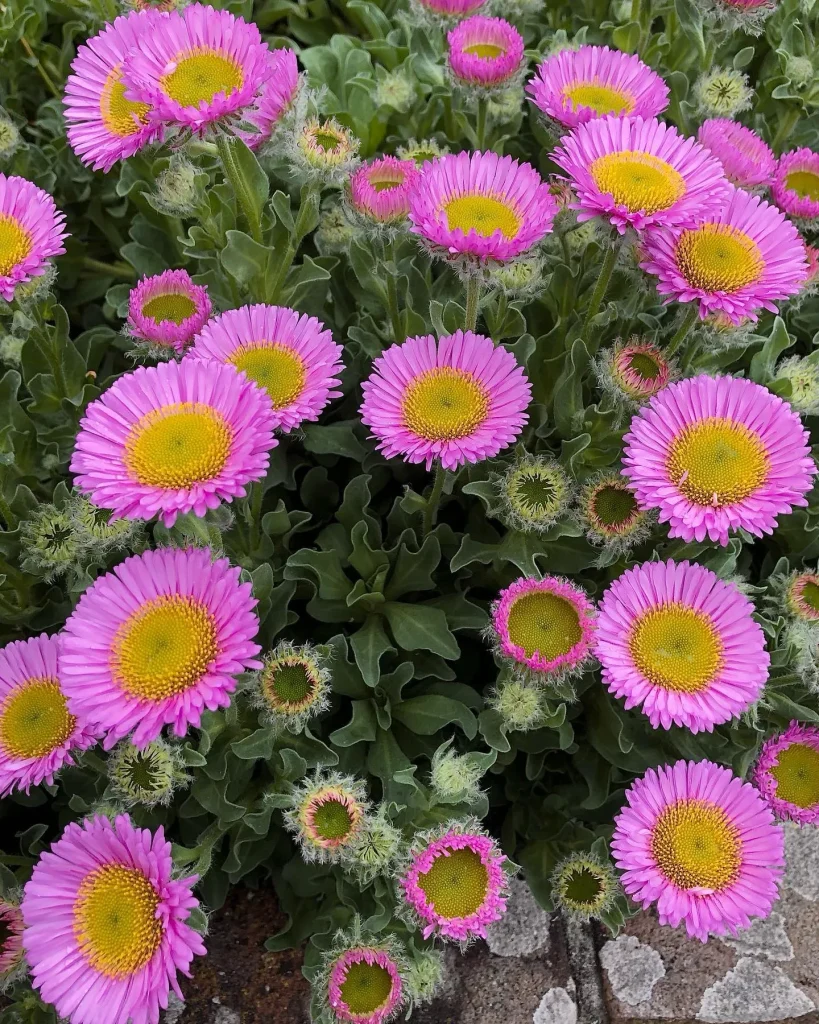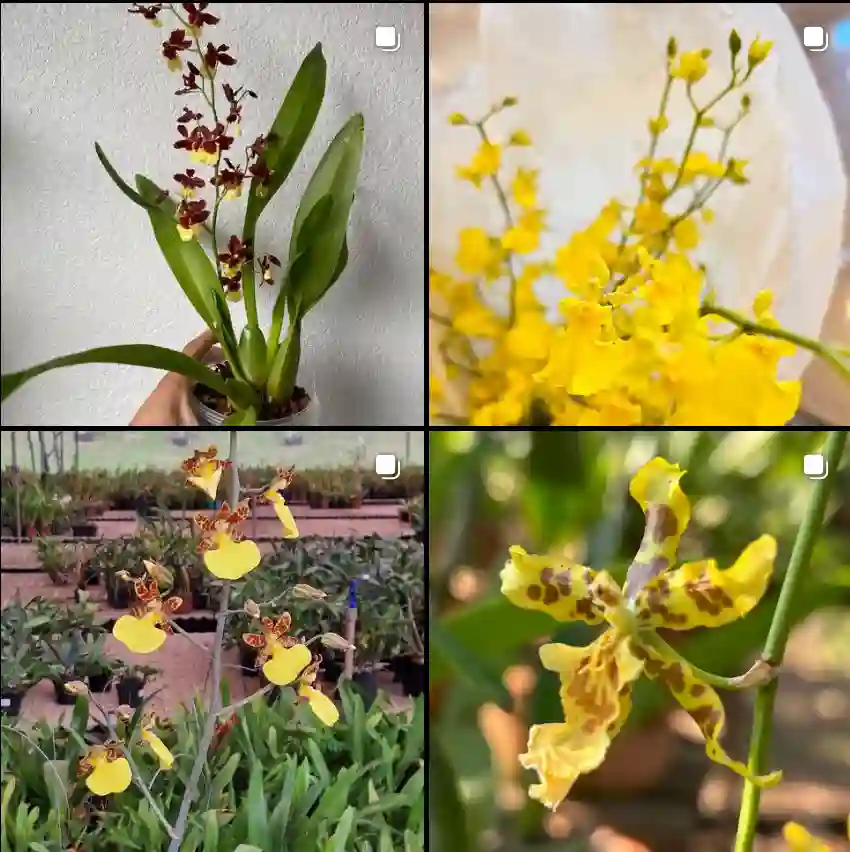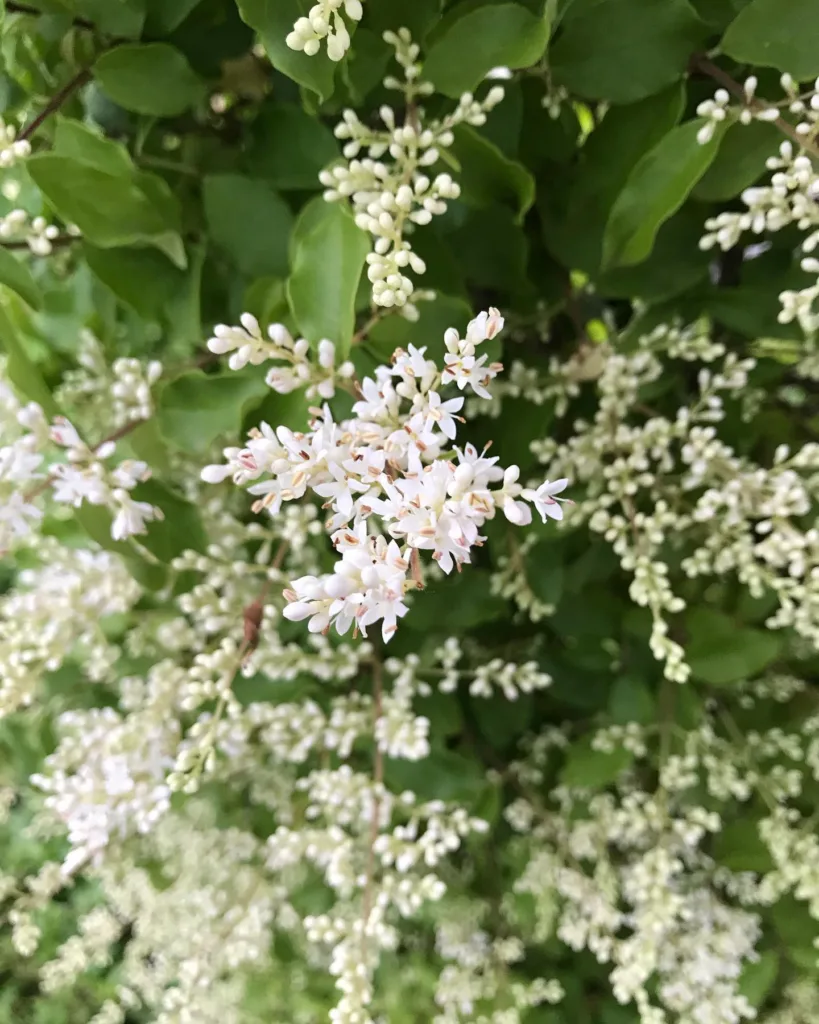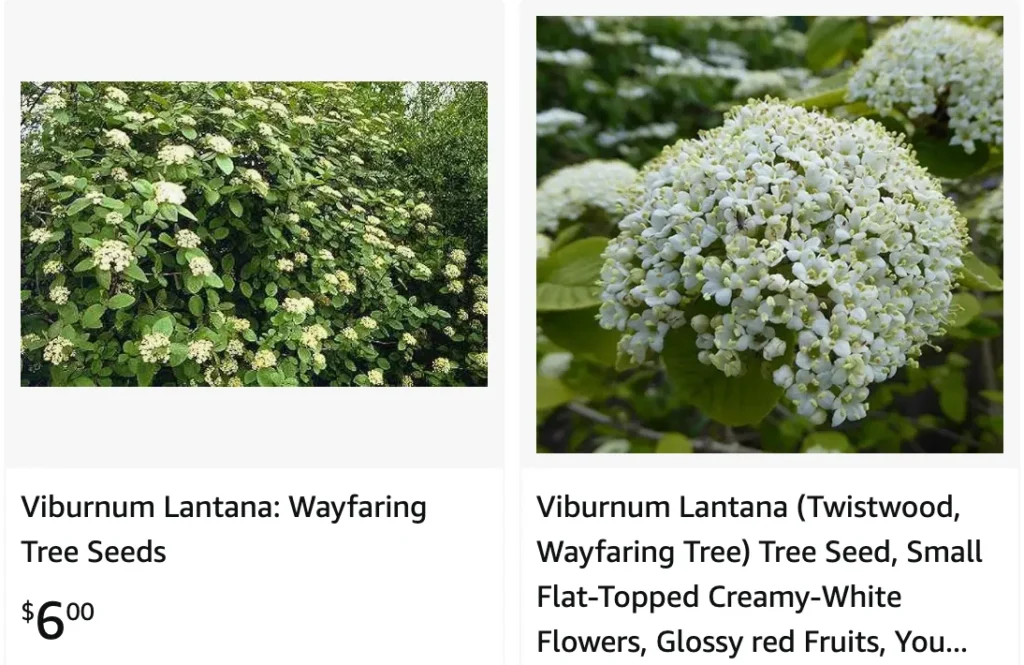
A Gardener’s Guide to the Wayfaring Tree: Viburnum Lantana’s Beauty and Benefits
For years, I’ve been drawn to plants that offer year-round interest. One such plant that has captivated me is the Viburnum lantana, also known as the Wayfaring Tree. This deciduous shrub, with its vibrant display of flowers, fruits, and fall foliage, adds a touch of magic to any garden.
Having nurtured Viburnum lantana in my own garden for several seasons now, I’m excited to share my experience and knowledge about this captivating shrub. In this guide, we’ll delve into its characteristics, care requirements, and the perfect place for it in your landscape.
206 Species in Genus Viburnum
Viburnum Lantana vs Viburnum Lantanoides
I’ve found Viburnum Lantana to be a robust and hardy shrub in my garden, thriving in various soil conditions and producing clusters of white flowers that turn into red berries, while Viburnum Lantanoides, though equally charming with its glossy leaves and white blooms, seems to prefer more consistent moisture and can be a bit finicky compared to the Lantana.
How to plant Viburnum Lantana?
Viburnum lantana is a native of Europe, western Asia, and North Africa, but it thrives in many regions with moderate climates. This versatile shrub can grow anywhere from 10 to 20 feet tall and wide, making it a statement piece without overwhelming smaller gardens.
The real magic of the Wayfaring Tree unfolds throughout the seasons. In spring, clusters of flat, white flowers edged with a hint of pink emerge, creating a breathtaking display. These fragrant blooms attract pollinators like butterflies and bees, adding a touch of life to your garden.
As summer progresses, the flowers give way to vibrant red berries that mature to a glossy black by fall. These berries, while technically not edible for humans, provide a welcome feast for birds, bringing a flurry of feathered friends to your garden.
Finally, autumn brings another transformation. The green foliage transforms into a stunning display of fiery reds, oranges, and yellows, adding a final flourish of color before winter.
How to Care for Your Viburnum Lantana?
Viburnum lantana is a relatively low-maintenance shrub, but providing it with the right care will ensure it thrives in your garden. Here are some key things to remember:
- Sunlight: While Viburnum lantana tolerates some shade, it performs best in locations with full sun to part shade. Aim for at least 6 hours of direct sunlight daily.
- Soil: This adaptable shrub prefers well-drained, fertile soil. If your soil is heavy clay, consider amending it with compost or sand to improve drainage.
- Watering: Water your Viburnum lantana regularly, especially during its first year of establishment. Once established, it’s fairly drought tolerant, but keep an eye on it during extended dry periods.
- Mulching: Apply a layer of mulch around the base of the plant to retain moisture, suppress weeds, and regulate soil temperature.
How to Prune Viburnum Lantana?
Pruning is not essential for Viburnum lantana, but it can help maintain its desired size and shape. The best time to prune is in late winter or early spring, before new growth emerges. Here are some basic tips:
- Remove any dead, diseased, or damaged branches.
- You can lightly prune to control size or shape the plant.
- For a bushier plant, prune back some of the longer branches to encourage new growth.
How High Does Viburnum Lantana Mohican Grow?
The ‘Mohican’ cultivar is a popular selection of Viburnum lantana known for its compact size. Unlike the typical Viburnum lantana that can reach 10-20 feet, the ‘Mohican’ typically matures at a more manageable 6-8 feet tall and wide. This makes it a perfect choice for smaller gardens or planting in containers.
What to Plant With Viburnum Lantana?
Viburnum lantana’s versatility allows it to be a charming addition to various garden styles. Here are some ideas for companion plants:
- Spring Bloomers: Plant early spring bulbs like daffodils or crocuses around the base of the Viburnum lantana to create a burst of color before its own flowers emerge.
- Summer Companions: For a vibrant summer display, consider pairing Viburnum lantana with colorful perennials like daylilies, phlox, or coneflowers.
- Fall Foliage: Create a stunning autumn display by planting Viburnum lantana with other shrubs that offer contrasting fall foliage like burning bushes or Japanese maples.
A Rewarding Addition to Your Garden
The Viburnum lantana, with its year-round beauty and adaptability, is a rewarding addition to any garden. By following these simple care tips, you can cultivate this captivating shrub and enjoy its charm for years to come. So, consider adding a touch of magic to your garden with the Wayfaring Tree!
If i die, water my plants!
